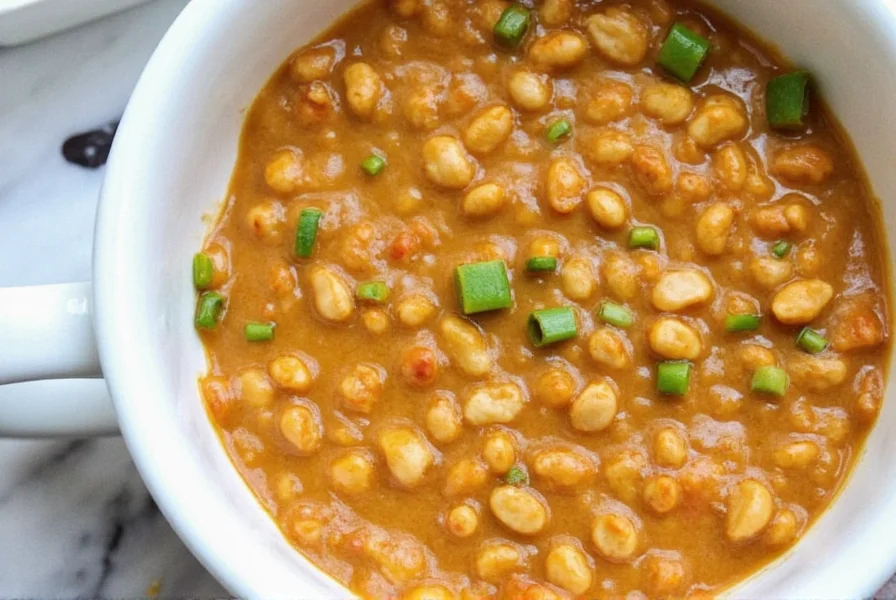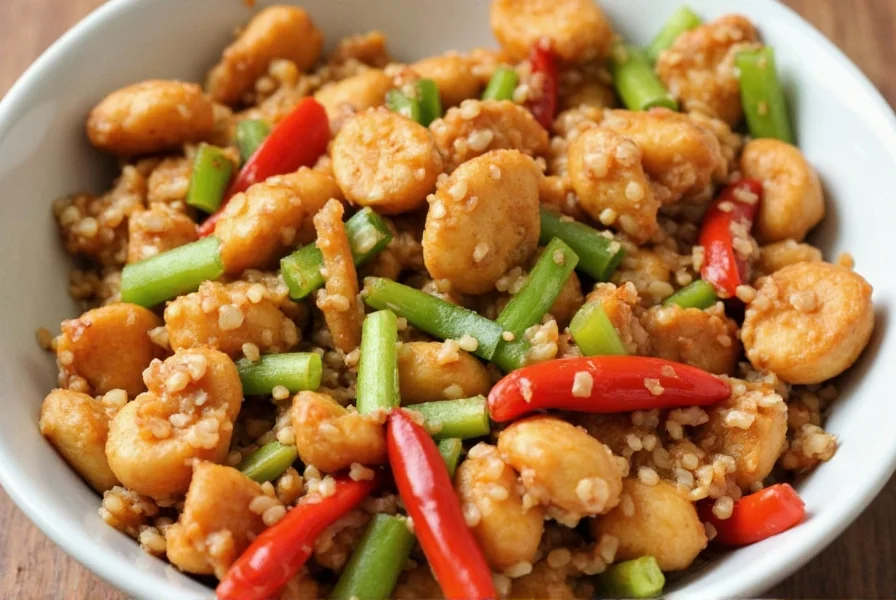Looking to add serious heat to your peanut sauce? Here are 7 proven hacks to make it spicier, faster. Whether you're a heat seeker or just want to kick up the flavor, these techniques will transform your peanut sauce in minutes.
7 Spicy Peanut Sauce Hacks
Hack #1: Fresh Thai Bird's Eye Chilies
For intense, fresh heat, add 1-2 chopped Thai bird's eye chilies to your sauce. Remove seeds for milder heat or keep them for maximum spice. These chilies add a bright, fruity heat that's perfect for Asian-inspired dishes.

Hack #2: Cayenne Pepper Boost
Add a pinch of cayenne pepper for consistent, even heat without altering the flavor profile. Start with 1/8 teaspoon and adjust to taste. This is a quick fix for when you need instant spice.
Hack #3: Sriracha or Gochujang Mix-In
Swap part of your sauce with Sriracha for garlicky heat or Gochujang for Korean-style fermented spice. Add 1-2 tablespoons to your base sauce for complex, deep heat.
Hack #4: Homemade Chili Oil
Infuse neutral oil with dried red chilies and garlic for smoky, aromatic heat. Use 1-2 teaspoons of chili oil in your sauce for a rich, layered spice.

Hack #5: Hot Sauce Variety
Experiment with different hot sauces like Tabasco (vinegary heat), Cholula (mild, complex), or Frank's RedHot (classic cayenne). Each adds a unique heat profile to your sauce.
Hack #6: Dried Red Pepper Flakes
For a quick, adjustable spice boost, sprinkle in dried red pepper flakes. Start with 1/4 teaspoon and increase for more heat. This works great for adding texture and crunch too.
Hack #7: Smoked Paprika Blend
Add a teaspoon of smoked paprika for a smoky, spicy depth. It pairs perfectly with peanuts and adds complexity without overwhelming heat.
| Hack | Heat Level | Best For |
|---|---|---|
| Thai Bird's Eye Chilies | Very High | Asian stir-fries, pad thai |
| Cayenne Pepper | Medium-High | Quick fixes, consistent heat |
| Sriracha or Gochujang | Medium | Korean or Thai dishes |
| Chili Oil | Medium-High | Smoky, aromatic dishes |
| Hot Sauce Variety | Varies | Customizing heat profiles |
| Dried Red Pepper Flakes | Medium | Texture and crunch |
| Smoked Paprika | Low-Medium | Smoky depth without intense heat |
How can I make my peanut sauce spicier without changing the flavor?
Use cayenne pepper or dried red pepper flakes – they add heat without altering the core peanut flavor. Start with a pinch and adjust gradually.
What's the best way to control heat levels in peanut sauce?
Add heat gradually: Start with minimal spice, taste, then incrementally increase. Remember that heat intensifies as sauce sits, so adjust before serving.
Can I use fresh vs. dried chilies for heat?
Yes! Fresh chilies (like Thai bird's eye) provide bright, immediate heat, while dried chilies (like arbol) offer deeper, smokier spice. Use fresh for quick dishes, dried for slow-cooked sauces.











 浙公网安备
33010002000092号
浙公网安备
33010002000092号 浙B2-20120091-4
浙B2-20120091-4